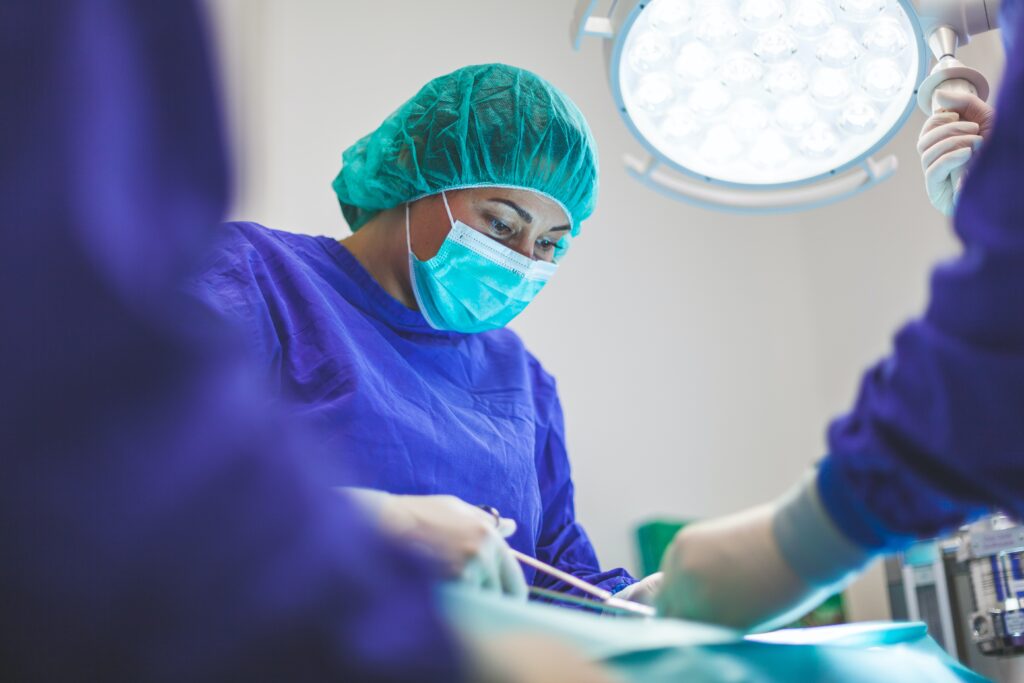A total knee arthroplasty (TKA) and a partial knee arthroplasty (PKA) are surgical procedures that involve replacing a damaged or worn-out knee joint with a prosthetic one. These surgeries are typically recommended for patients with severe knee osteoarthritis, knee injuries, or other conditions that have caused significant knee pain and limited mobility.
The recovery and rehabilitation process following a TKA or PKA can take several months, with the length of time depending on a number of factors, including the patient’s age, overall health, and the extent of the surgery.
The first phase of rehabilitation following a TKA or PKA is the acute phase, which typically lasts for the first 2-6 weeks. During this time, the focus is on controlling pain and inflammation, protecting the surgical wound, and preventing blood clots. Physical therapy exercises during this phase may include range of motion exercises, joint mobilization, and muscle strengthening.
The second phase of rehabilitation is the sub-acute phase, which typically lasts for the next 4-12 weeks. During this time, the focus is on improving range of motion, strength, and endurance. Physical therapy exercises during this phase may include exercises to improve knee flexion and extension, leg press, leg extensions, and calf raises.
The third phase of rehabilitation is the chronic phase, which typically lasts for the next 3-6 months. During this time, the focus is on achieving optimal function and returning to normal activities. Physical therapy exercises during this phase may include activities such as cycling, swimming, and stair climbing, as well as exercises to improve balance and coordination.
It’s important to note that the timeframes and exercises mentioned above are general estimates and may vary depending on the individual patient’s condition and progress. Each patient’s rehabilitation plan will be tailored to their specific needs and goals.
Physical therapy plays an important role in the recovery and rehabilitation process following a TKA or PKA. A physical therapist will work with the patient to create a personalized rehabilitation plan, set goals, and monitor progress. This will help the patient achieve optimal functional outcomes and reduce the risk of complications.
Overall, the recovery and rehabilitation process following a TKA or PKA can take several months, but with the help of physical therapy, the patient can achieve optimal function and reduce the risk of complications. It’s important for patients to be patient and consistent with their rehabilitation program to achieve the best possible outcomes.


